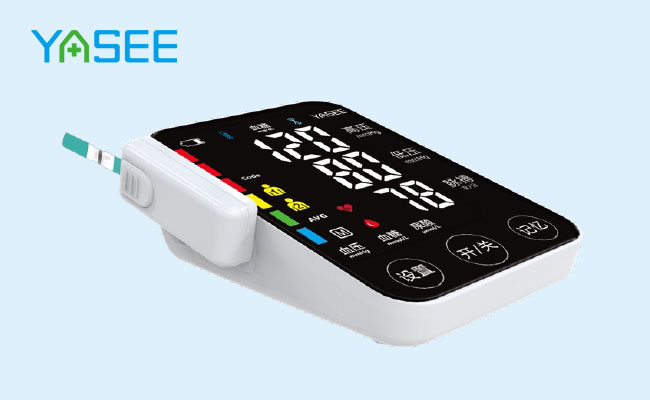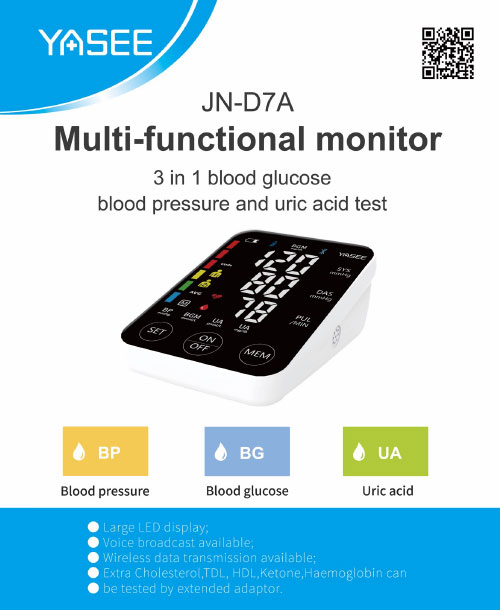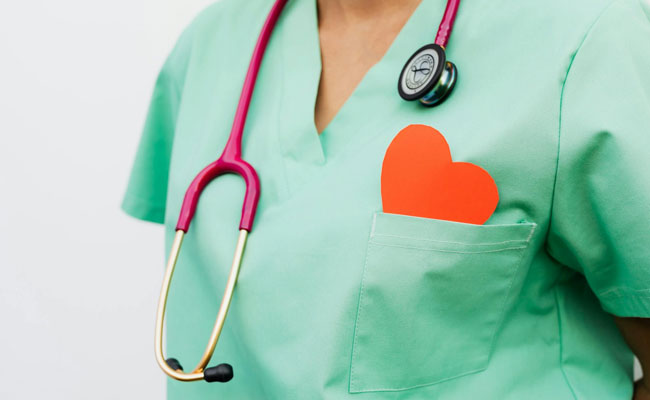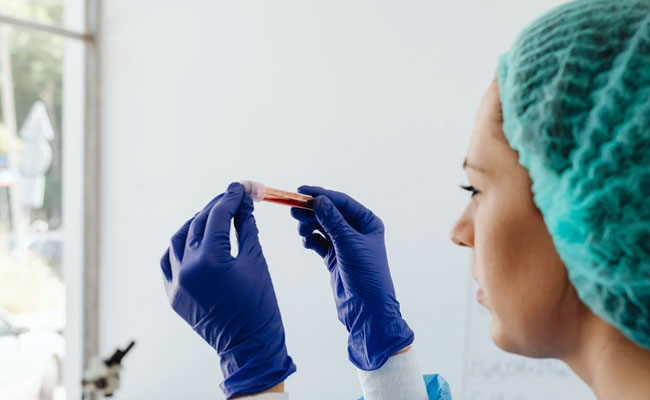
How to choose a Blood Pressure Monitor
2023-04-01
Does Pain Increase Blood Pressure
2023-04-281. Blood pressure: Low blood pressure will cause insufficient blood supply, hypertension will harm vascular organs
It takes a certain amount of pressure for blood to move around the body. This pressure is called blood pressure.
When the ventricle contracts, the aortic pressure rises sharply, reaching a peak in the middle of the contraction, then the arterial blood pressure value is called systolic pressure, also called high pressure;
During ventricular diastole, aortic pressure drops, and the lowest value of end-systolic arterial blood pressure is called diastolic pressure, also known as low pressure.
Too low blood pressure can cause insufficient supply of nutrients and oxygen to all parts of the body, resulting in dizziness, weakness, and even syncope, and also increase the risk of stroke.
High blood pressure and excessive pressure can damage various organs and tissues, including blood vessels, heart and kidneys, and also increase the risk of stroke.
Blood pressure is not constant all the time. It can change over the course of a day, it can change over a lifetime, and it can vary slightly between men and women.
Hypertension was diagnosed when the blood pressure was greater than or equal to 140/90 MMHG three times at different times.
The general control target is also 140/90 MMHG.
Note: Blood pressure measurement is affected by many factors, such as emotional excitement, tension, exercise, temperature, and so on. A single measurement cannot be used as a diagnostic result.
After the age of 50 or have a history of cardiovascular disease, it is recommended to measure blood pressure and record it every day;
2. Blood sugar: Low blood sugar can cause insufficient function, high blood sugar can damage organs
Glucose in the blood is called blood sugar. Most of the energy needed to function cells in the body comes from glucose, so blood sugar must be maintained at a certain level to maintain the needs of organs and tissues in the body.
Hypoglycemia brings great harm to patients, even causing memory loss, slow reaction, dementia, coma, and even life-threatening. Some patients induced cerebrovascular accident, arrhythmia and myocardial infarction.
High blood sugar can also cause changes in the great blood vessels. Diabetic great vessel disease refers to atherosclerosis of aorta, coronary artery, basilar artery, renal artery and peripheral artery.
Among them, the disease of atherosclerosis is more serious and the fatality rate is higher. About 70%-80% diabetic patients with Siyu diabetic macrovascular disease.
Similarly, blood sugar is not constant. With eating, digestion and absorption of food, blood sugar will also change. Therefore, fasting blood glucose and postprandial blood glucose will be used as references.
In addition, sugar friends usually use quick and convenient finger pricking detection, because the blood collected may contain arteries, veins and tissue fluid and other components, so the measured value is accidentally accurate, but as a general reference.
The diagnosis of diabetes does not use this method, more venous blood measurements of glycosylated and erythrocyte and fasting blood glucose, 2 hours after meal blood glucose.
Fasting blood glucose ≥7.0 or postprandial blood glucose ≥11.1mmol/L was diagnosed as diabetes
The fasting blood glucose standard range was <7mmol/l. Due to the great influence of diet, postprandial blood sugar of diabetic patients fluctuates greatly. Generally, the standard range of control is <10.0mmol/L 2 hours after a meal.
Note: Fasting of pregnant women should not exceed 5.1mmol/L. In addition to blood glucose, the diagnosis of diabetes is usually accompanied by glucose tolerance tests. If you have a history of diabetes, it is recommended to test fasting blood glucose and postprandial blood glucose regularly, and it is better to test static blood glucose regularly.
3. Cholesterol: Low cholesterol will cause malnutrition, high cholesterol will cause excess nutrition
Lipids are the general term for neutral fats (triglycerides and cholesterol) and lipids (phospholipids, glycolipids, sterols, steroids) in plasma.
The blood lipids detected in general blood routine examination are mainly the following four and:
Total cholesterol: increases common dry atherosclerosis, hypertension, diabetes, infectious hepatitis, portal cirrhosis, some chronic pancreatitis, and spontaneous hypercholesterolemia. Reduction in severe anemia, acute infection, hyperthyroidism, pullorrhea, tuberculosis, congenital serum lipoprotein deficiency, and malnutrition.
Triglycerides: Increased in hyperlipidemia, atherosclerosis, coronary heart disease, diabetes mellitus, nephrotic syndrome, biliary obstruction, hypothyroidism, acute pancreatitis, glycogen accumulation, and primary hyperlipidemia.
HDL cholesterol: Also known as “good” cholesterol, reduced levels have been linked to a higher risk of coronary heart disease. Elevation suggests cardiovascular protection.
Low density lipoprotein cholesterol: also known as “bad” cholesterol, an increase in the risk of coronary heart disease caused by atherosclerosis, cerebrovascular disease.
Blood fat has different requirements in different age groups and people with different underlying diseases, such as hypertension and diabetes, coronary heart disease and cerebrovascular patients. Consult your doctor for details.
4. Uric Acid:High cause hyperuricemia, gout
Uric acid is the end metabolite of human purine compounds. Clinically, hyperuricemia can be diagnosed when blood uric acid exceeds 390umol/L. Clinical data show that the uric acid value of most gout patients is over 420umol/L.
These four indicators are a reference for each of us, and we recommend regular monitoring and attention.





